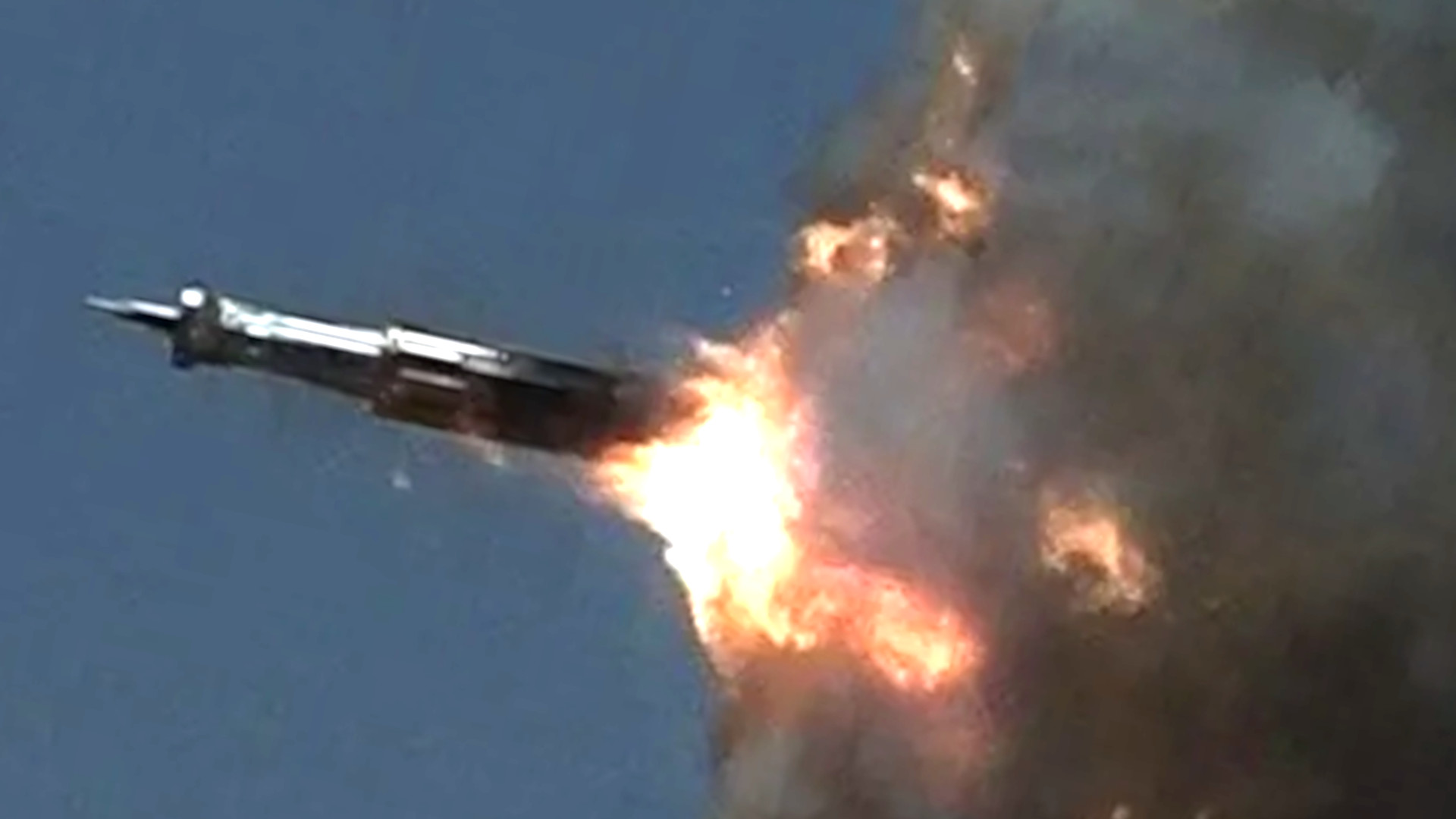The U.S. Army has renewed interest in new longer-range artillery shells, such as ramjet-powered types, following its axing of plans to buy a next-generation tracked self-propelled 155mm howitzer earlier this year. The service still sees a need for 155mm howitzers with greater reach in future conflicts and is also taking another look at potential options on the market now to succeed its much-upgraded M109-series types.
Secretary of the Army Christine Wormuth talked about her service’s current focus areas when it comes to traditional tube artillery at the 2024 Defense News Conference last week. As part of the rollout of its proposed 2025 Fiscal Year budget back in March, the Army announced it would end work on the advanced XM1299 155mm self-propelled howitzer developed under its Extended Range Cannon Artillery (ECRA) program. Issues with the extremely long 58-caliber barrel were cited as a factor in that decision. Caliber as a unit of measurement for the length of large cannons is defined as how many multiples of the bore diameter it is long – so a 58-caliber 155mm barrel is 8,990 millimeters, or almost 29 and a half feet, long.

ERCA dates back to the mid-2010s and had been focused on developing a new howitzer capable of hitting targets at least 70 miles away, if not further. In testing XM1299 prototypes had demonstrated the ability to fire shells out to around 43 miles. The Army’s latest M109A7 tracked 155mm self-propelled howitzers with their much shorter 39-caliber cannons have stated maximum ranges of just over 18 and a half miles using rocket-assisted ammunition.
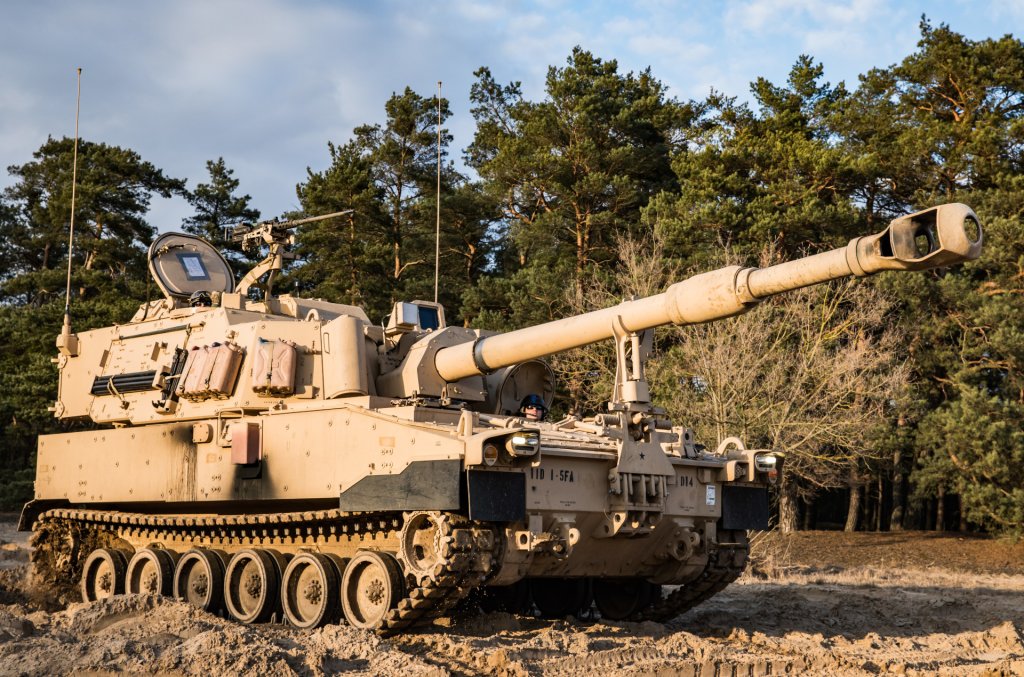
“We still believe that we have a requirement for, you know, sort of an artillery system with that kind of a range,” Wormuth explained. “I think we may also be looking at sort of what we call, you know, ‘innovating at the round,’ … looking at what can we do with the actual round to increase the range.”
Extending the range of howitzers has the two-fold effect of expanding the area they can hit from wherever they might be deployed and, by extension, helping to keep them further away from enemy artillery units and other potential threats.
Wormuth did not offer any specific examples of the kinds of future artillery shells her service might be looking at now. However, back in May, the Army did put out a contracting notice seeking information about potential options for an Extended Range Artillery Projectile (ERAP) that could be fielded and produced at a rate of at least 300 shells per year by the end of the decade.
“The Army requires the solution to be compatible with current 39 caliber weapon systems and able to engage targets out to a minimum of 65 kilometers (km) [40 miles],” according to that notice. “The solution shall operate at the high-muzzle velocities required to achieve 70 km + [43+ miles] out of Joint Ballistic Memorandum of Understanding compliant fielded 52 Caliber and developmental 155mm artillery weapon systems currently under consideration by the U.S. Army.”
The Army has been funding work on ramjet-powered and other advanced 155mm artillery shells under the Extended Range Artillery Munitions Suite (ERAMS) effort for some time now. Norway’s Nammo, which has been developing a ramjet type in cooperation with Boeing, has said its design could eventually be able to reach targets just over 93 miles (150 kilometers) away, depending on the howitzer used to fire it.

BAE Systems says its XM1155-SC shell, which contains a smaller subcaliber projectile in a discarding sabot that is released after launch and heads to the target at a very high velocity, has an expected maximum range of just over 68 miles (110 kilometers), at least. The company says the round holds the record for the longest shot from an existing M109-series self-propelled howitzer. BAE Systems is the current manufacturer of the M109 family.
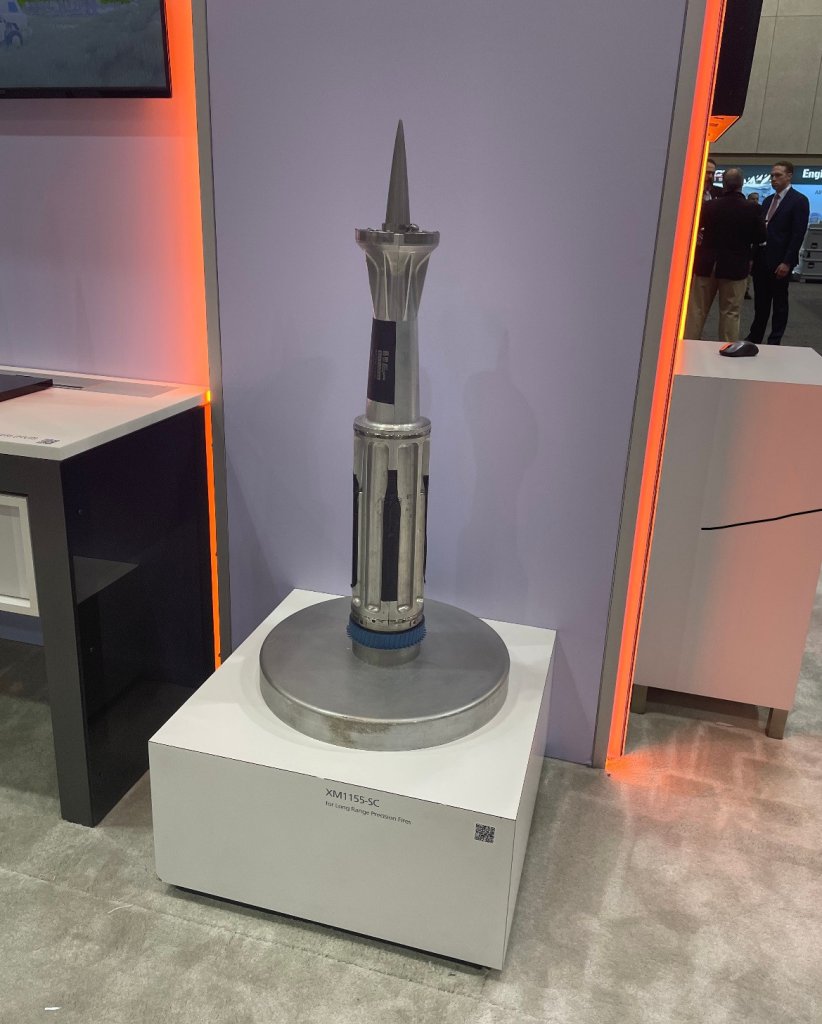
Last year, General Atomics also unveiled a concept for a glide munition with pop-out wings that could be fired from a traditional 155mm howitzer (as well as naval guns) that would have a significantly greater range than standard shells. The company has been pitching the Long Range Maneuvering Projectile (LRMP) as a potential cannon-launched anti-ship or even anti-aircraft weapon, in addition to use against ground targets. The Army has been separately working on a 155mm howitzer-based air defense system, which you can read more about here.
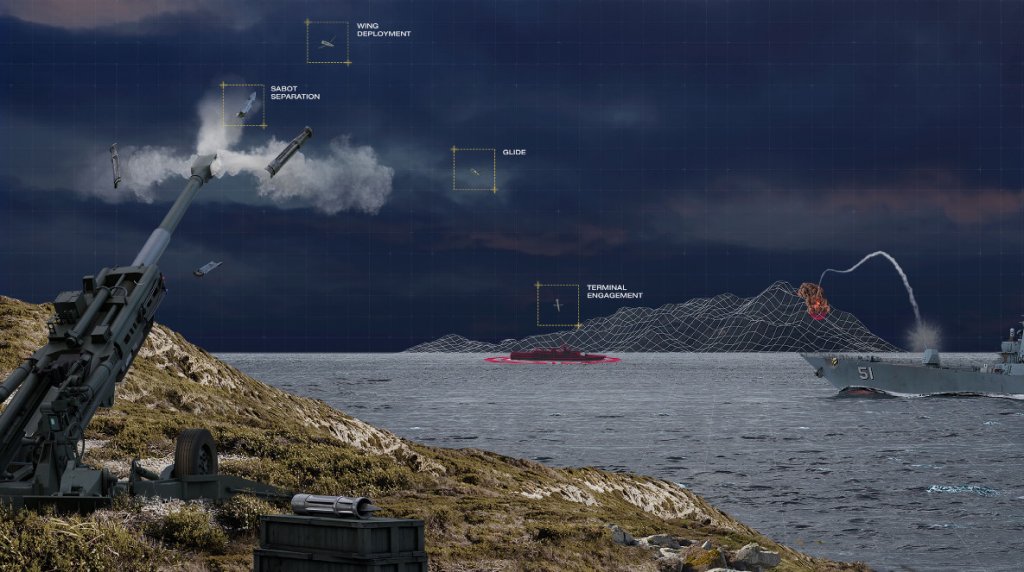
Though the Army has axed the XM1299 and expects to continue operating M109-series howitzers for the foreseeable future, there is still a question of what may fire any new extended-range 155mm shells the Army acquires in the future.
“There are obviously companies that already make [artillery] systems that … don’t have quite the range that ECRA we hoped would give us, but comes quite close,” Army Secretary Wormuth said last week. “So I think we’re going to be looking at … those kinds of offerings.”
At a hearing on Capitol Hill in May, Gen. James Rainey, head of Army Futures Command, highlighted continued potential Army interest in new wheeled self-propelled 155mm howitzers, as well as tracked designs. Wheeled self-propelled howitzers have been and continue to be very popular among America’s NATO allies, among others, and the Army has evaluated multiple in-production foreign-made types in the not-too-distant past. The service has also been looking at more novel 155mm and 105mm howitzer designs in recent years, including the Hawkeye Mobile Howitzer System (MHS), at least some of which have been sent to Ukraine.

Last month, the Army did put out an extremely broad contracting notice “to identify and preliminarily review the maturity of potentially offered self-propelled howitzer systems” and “to collect initial technical details of mature [self-propelled howitzer artillery] systems to inform USG [U.S. government analysis.” The “USG is interested in understanding the possible future modernization options for those systems,” the notice adds.
It’s worth noting here that multiple companies, including BAE Systems, have offered upgrade packages for M109s that include 52-caliber cannons as far back as the 1990s. This is a course of action the Army has, so far, chosen not to pursue. An earlier next-generation 155mm self-propelled howitzer design, the XM2001 Crusader, was also canceled in 2002 ostensibly due to growing costs.
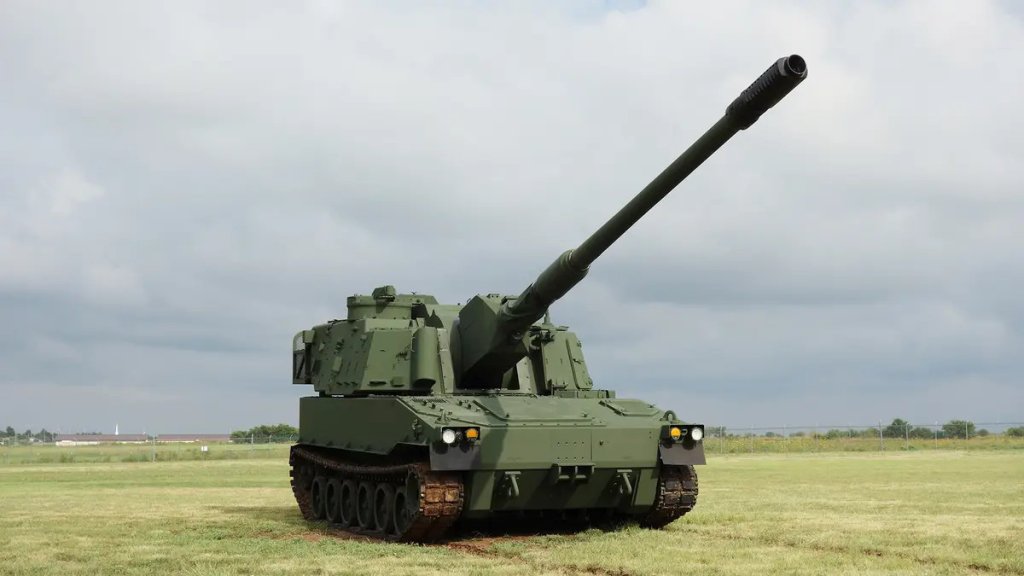
It’s unclear whether the recent self-propelled howitzer request for information was specifically in relation to current Army requirements or reflects an interest in these capabilities in support of allies or partners, or both. “Information regarding fielding to Ukraine may be considered, however the USG is most interested in understanding what maturation (testing, training, fielding, etc.) has been completed outside of the urgent Ukrainian situation,” the contracting notice interestingly adds.
Wheeled and tracked self-propelled howitzers have been seeing very active use in the ongoing conflict in Ukraine. For the Ukrainian military, members of the M109 family and other NATO-standard 155mm types, and ammunition for them, are in extremely high demand. The fighting in that country has underscored the continued value of traditional tube artillery, in general, in higher-end conflicts.

The U.S. Army has been focused heavily on new ground-based ballistic and cruise missile systems in recent years. The service’s broader Long Range Fires plans envision an arsenal that also incorporates loitering munitions, also known as kamikaze munitions, launched via airborne and ground-based platforms, including high-altitude balloons and missiles with clusters of them as their warheads. At the same time, the expectation is that long-range missiles, in particular, will likely be reserved in large part for higher-priority targets, including ones in more heavily defended areas. Guided artillery rocket systems and howitzers will therefore continue to play a major part in future conflicts, especially to provide critical support closer to the tactical edge.


Howitzers, in general, continue to offer advantages over rockets and missiles when it comes to the total volume of fire they can put out and their ability to more readily shift focus from one target area within their range to another. Extending the range of tube artillery systems then increases the area within which those capabilities can be brought to bear. A single howitzer firing ammunition with a maximum range of 43 miles can hit anything within a circle covering almost 5,810 square miles around its fire position. A ramjet-powered round or another advanced type able to reach targets 70 miles away expands that area of coverage to some 15,000 square miles.
Self-propelled types, especially more modern ones like Sweden’s Archer that can be made ready to fire and get back on the move relatively quickly, would add even more flexibility to the equation.

All of this comes amid growing concerns about at least flat-lining defense budgets in the coming years, which are already prompting branches of the U.S. military to take hard looks at top-priority modernization programs, including efforts that previously seemed untouchable. The Army has separately outlined major force restructuring plans that emphasize new long-range missile, air and missile defense, and electronic and cyber warfare capabilities as it and the rest of America’s armed forces continue to shift their focus to preparing for future high-end conflicts.
With the Army now reexamining its future howitzer plans, new longer-range shells could help it squeeze valuable additional capability out of the M109s it has now, as well as new types it might acquire down the road.
Contact the author: joe@twz.com
